What is White Spirit?
It is a petroleum-derived clear liquid used as a common organic solvent in painting. There are also terms for specific kinds of mineral spirits, including Stoddard solvent and solvent naphtha (petroleum). Odorless mineral spirits (OMS) have been refined to remove the more toxic aromatic compounds, and are recommended for applications such as oil painting.
A mixture of aliphatic, open-chain or alicyclic C7 to C12 hydrocarbons, is used as an extraction solvent, as a cleaning solvent, as a degreasing solvent and as a solvent in aerosols, paints, wood preservatives, lacquers, varnishes, and asphalt products. In western Europe about 60% of the total white spirit consumption is used in paints, lacquers and varnishes.
The word “mineral” in “mineral spirits” or “mineral turpentine” is meant to distinguish it from distilled spirits (distilled directly from fermented grains and fruit) or from true turpentine (distilled tree resin).
Stoddard solvent is a specific mixture of hydrocarbons, typically over 65% C10 or higher hydrocarbons, developed in 1924 by Atlanta dry cleaner W. J. Stoddard and Lloyd E. Jackson of the Mellon Institute of Industrial Research as a less flammable petroleum-based dry cleaning solvent than the petroleum solvents then in use. Dry cleaners began using the result of their work in 1928 and it soon became the predominant dry-cleaning solvent in the United States, until the late 1950s.
Turpentine substitute is generally not made to a standard and can have a wider range of components than products marketed as white spirit, which is made to a standard (in the UK, British Standard BS 245, in Germany, DIN 51632).
Usage
- Paint industry
- In industry, used for cleaning and degreasingmachine tools and parts
- In conjunction with cutting oilas a thread cutting and reaming lubricant
- Laundry soap
- Popular remedy for eliminating the irritant oil urushiolin poison ivy
- Regripping golf clubs
- As an alternative to kerosene in portable stoves
- Automotive fuel/oil additives
- Cutting fluid in ultraprecision lathes (commonly referred to as diamond turningmachines)
Toxicity
White spirit is mainly classed as an irritant. It has a fairly low acute toxicity by inhalation of the vapour, dermal (touching the skin) and oral (ingestion) routes. However, acute exposure can lead to central nervous system depression resulting in lack of coordination and slowed reactions. Exposure to very high concentrations in enclosed spaces can lead to general narcotic effects (drowsiness, dizziness, nausea, etc.) and can eventually lead to unconsciousness. Oral ingestion presents a high aspiration hazard. Prolonged or repeated skin exposure over a long period of time can result in severe irritant dermatitis, also called contact dermatitis.

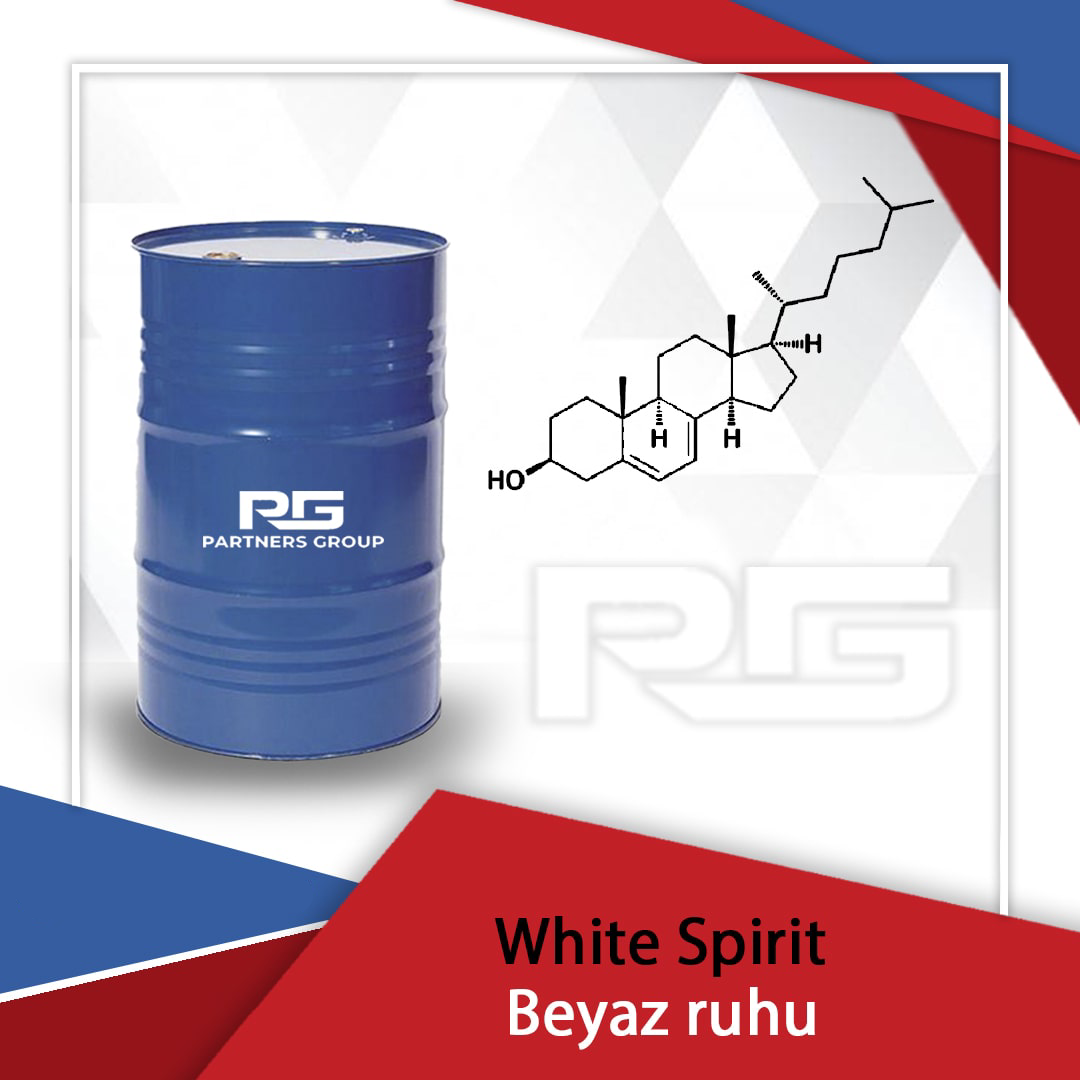
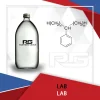

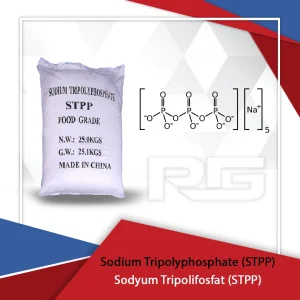
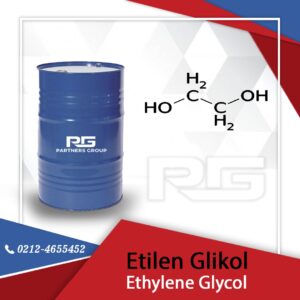
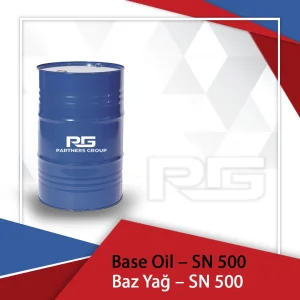
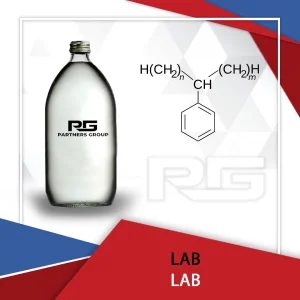

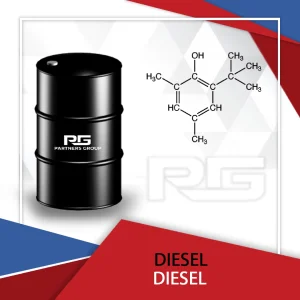
Reviews
There are no reviews yet.